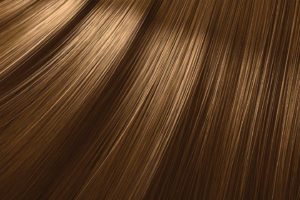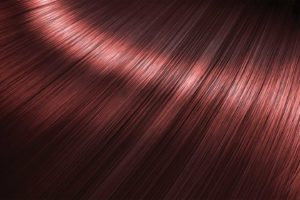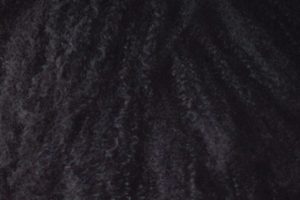Managing Your Mane
Whether the culprit is curling irons, hot showers, or good old-fashioned genetics, we all have our fair share of issues with our hair.
And while some things are truly out of your control, the solution for how to manage your mane may just require a small tweak to your routine! Read on for some prevalent problems and their solutions.







1. Dandruff
Often caused by excess sebum, a dry scalp, or sensitivity to products, dandruff can be embarrassing and difficult to treat. For the best results, turn to an anti-dandruff shampoo or one that contains zinc sulfur and piroctone olamine. In a pinch, try apple cider vinegar, coconut oil, or tea tree oil, which all boast anti-inflammatory properties. It’s also a good idea to rule out any medical conditions that could be causing the issue, as well as maintain a healthy diet and stress level.
2. Hair Loss
The loss or thinning of hair can result from a wide range of underlying issues including stress, hormones, medication, or specific products. If you notice you’re losing more than the typical amount of hair – 50 to 100 strands a day – try adding protein-rich foods to your diet or switching to a mild shampoo (or one specifically designed for hair loss). Some people have also found success in massaging their scalp with hot oil and avoiding heat-styling tools.
3. Dry Hair
If your hair is rough and dry, it could be related to menopause, birth control pills, pregnancy, anemia, or a hormonal imbalance. It also could be a sign you’re washing your hair too frequently, which is stripping it of its natural oils. Try to avoid things that are harsh on your hair such as chlorine, heat styling, or chemical treatments. Begin using a gentle shampoo, and try out hair masks or oils to restore hydration. Taking vitamins, such as B5, omega-3, and omega-6, has also been shown to help.
4. Oily Scalp
Just as over-washing can make your hair dry, it can also cause oiliness. With some individuals, when natural oils are removed, the scalp tries to compensate and produces more oil than desired. To help, use lukewarm or cold water when washing, and avoid playing with or excessively brushing your hair, as this can stimulate the oil glands. Also, sidestep leave-in conditioners and heat-styling tools, and clean your brush regularly. Opt for a shampoo designed to control sebum, and make sure it’s not a poor diet, genetics, or hormonal changes that are contributing to your oily hair.
5. Split Ends
When oil from your scalp doesn’t reach the end of your hair, it tends to dry out and split. To remedy this problem, make sure you are using a good conditioner or applying oil to the ends of your hair as needed. Get regular haircuts (every 10 weeks is a good rule of thumb), and avoid heat tools, which often exasperate the problem. If you do insist on using heat, incorporate a heat protectant into your routine.
6. Frizzy Hair
If you constantly find yourself fighting frizz, your hair is likely lacking moisture. Often caused by exposure to chemicals, UV rays, or styling tools, frizzy hair is best tamed with hydration. Use masks, serums, leave-in conditioners, or hot oil treatments for added moisture, and avoid over-shampooing.
7. Dull Hair
When it comes to dull hair, there is a myriad of causes. From everyday styling and the weather to silicone-based products, it’s easy to damage your cuticles – leaving you with lackluster hair. Try using a moisturizing shampoo and rinsing with cold water for smoother and shinier hair. Also, explore products that are packed with protein, which will help repair your hair.
8. Heat- or Color- Damaged Hair
It’s no secret that heat from popular styling tools and chemicals from sought-after color treatments wreak havoc on hair. While getting regular trims and using products that add moisture back to your hair can help your locks repair themselves, the best course of action is to leave the highlights and hair straighteners behind.

